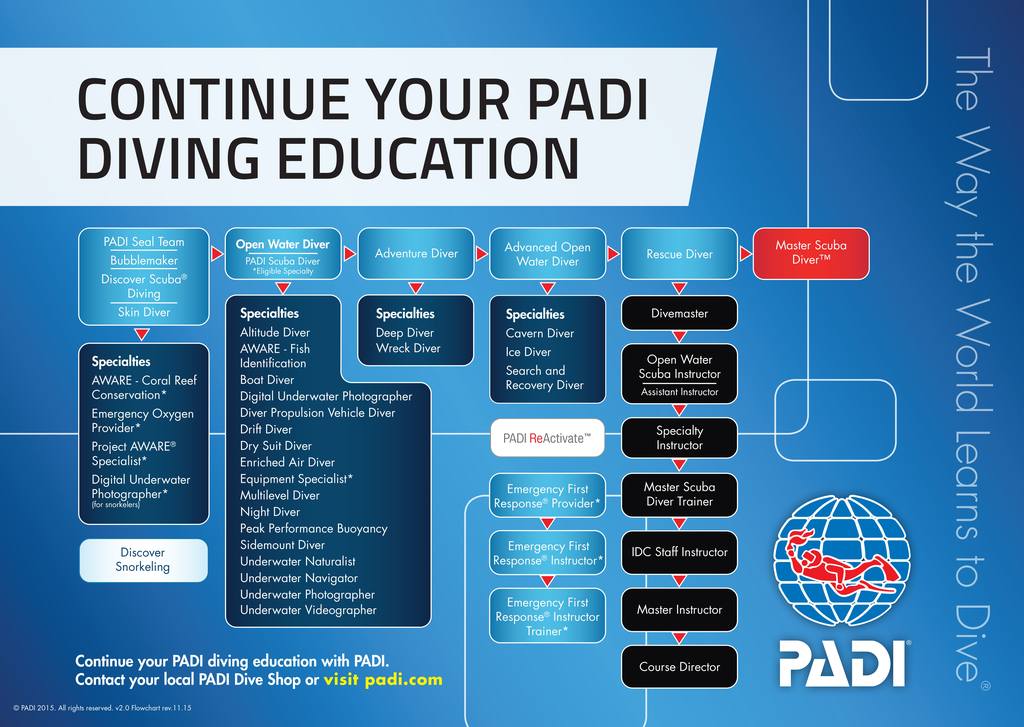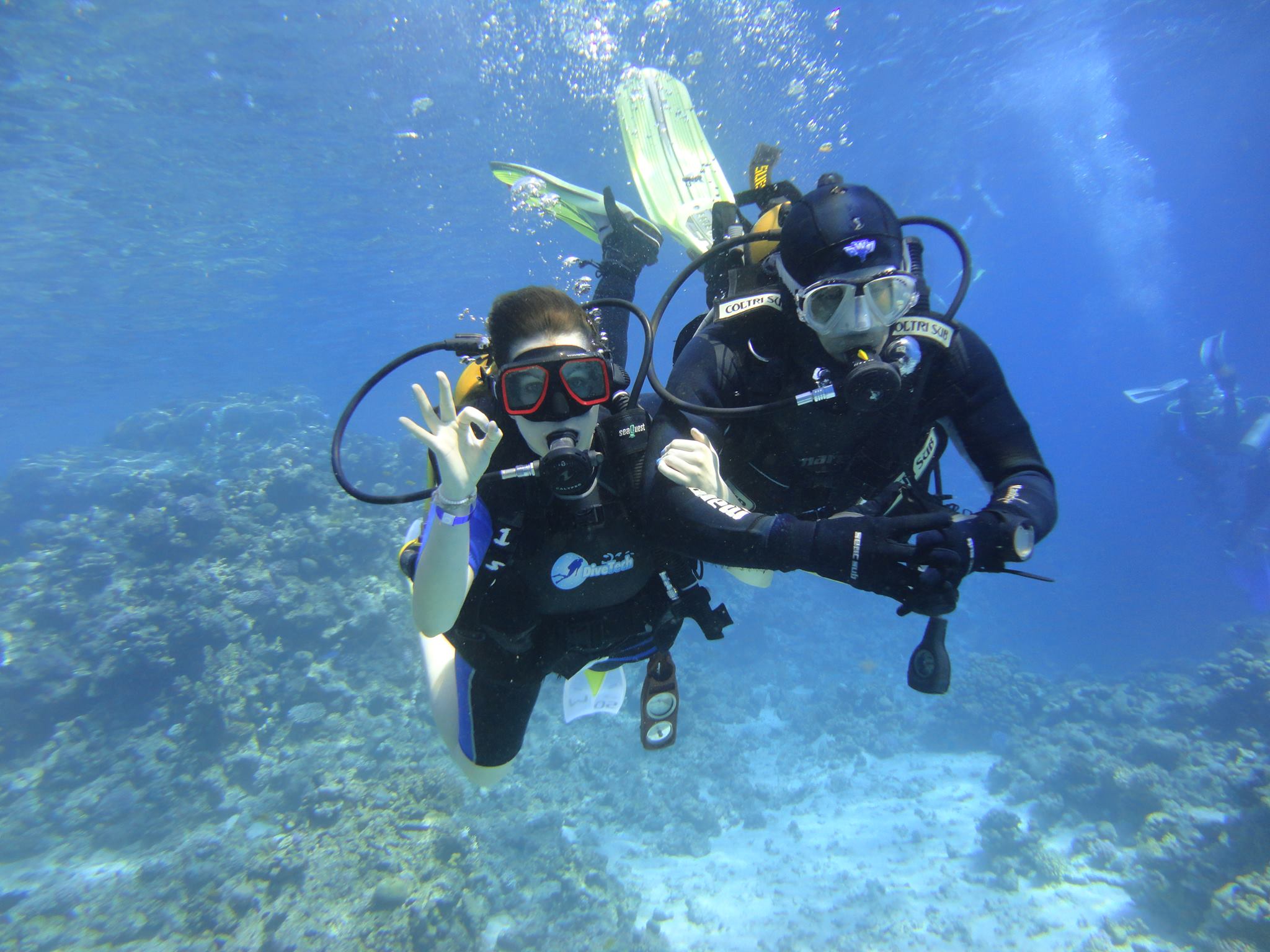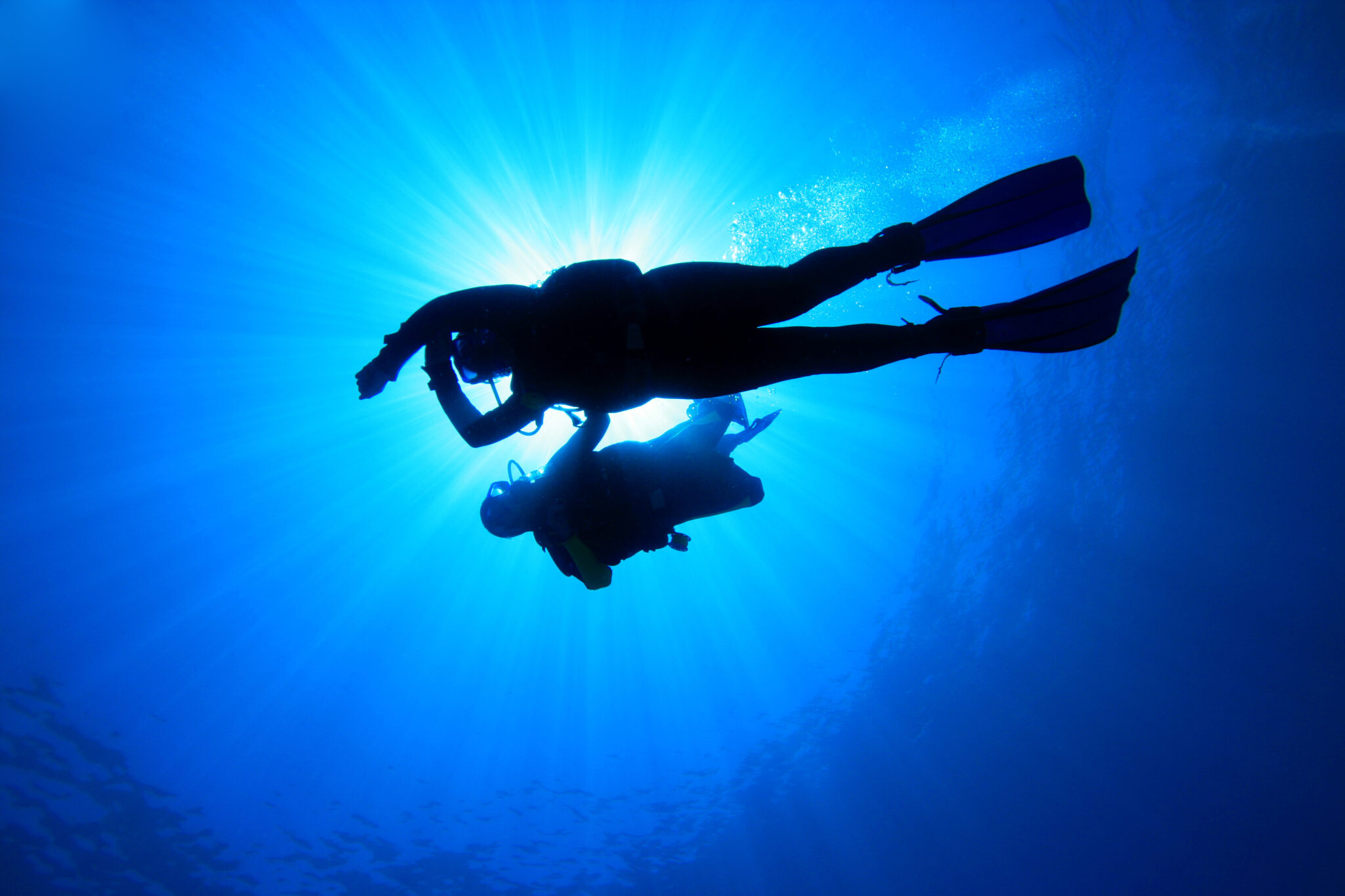Becoming a PADI Instructor is a dream for many diving enthusiasts who want to transform their passion into a career. As the world’s leading scuba diving training organization, PADI sets strict requirements to ensure that its instructors are experienced and well-prepared to teach others. Among these requirements, the number of dives plays a crucial role in demonstrating an instructor’s proficiency and experience underwater.
A PADI Instructor is a professional scuba diver certified to teach others how to dive. They hold the responsibility of guiding new divers safely through underwater adventures while instilling confidence and skills. Becoming a PADI Instructor isn’t just about passing exams—it’s about demonstrating mastery of diving techniques, safety protocols, and instructional skills.
Certified instructors play a critical role in creating a positive diving experience for their students. They teach courses ranging from beginner-level Open Water Diver to specialty courses like Wreck Diving or Night Diving. This role demands not only a deep understanding of diving theory but also hands-on expertise gained through practical experience.
Prerequisites for Becoming a PADI Instructor
Before even beginning the Instructor Development Course (IDC), there are several prerequisites you must meet. These ensure that candidates have a solid foundation in diving:
- Age Requirement: You must be at least 18 years old.
- Certification Level: Candidates need to be certified as PADI Divemasters or equivalent.
- Dive Requirements:
- Minimum Dives: You must have logged at least 60 dives to start the IDC.
- Additional Dives: Before taking the Instructor Exam (IE), you’ll need to log 100 dives.
- Emergency Training: Completion of a CPR and First Aid training course within the last 24 months.
- Medical Fitness: A medical statement signed by a physician within the past year, clearing you for diving.
These prerequisites ensure that all instructor candidates have enough real-world diving experience to confidently teach and lead others.

How Many Dives Do You Need for a PADI Instructor Certification?
When it comes to becoming a PADI Instructor, logged dives are one of the most critical benchmarks. They reflect your practical experience, exposure to different underwater environments, and overall readiness to take on the responsibility of teaching others.
Minimum Dive Requirements
The number of dives required to achieve PADI Instructor status is structured to ensure a progressive accumulation of skills and experience. Here’s a breakdown:
- Before Starting the Instructor Development Course (IDC):
- You must have logged at least 60 dives. These dives should include experience in different types of underwater activities, such as night dives, deep dives, and navigation dives, showcasing a well-rounded skill set.
- Before Taking the Instructor Exam (IE):
- By the time you reach the Instructor Exam stage, you’ll need to have logged 100 dives. These additional dives help refine your techniques and provide you with more practical experience to prepare for teaching real students.
Why Are Dive Logs Important?
Dive logs are not just bureaucratic requirements; they serve as tangible proof of your experience and growth as a diver. Here’s why maintaining an accurate and detailed log is crucial:
- Tracks Progression: Logging each dive allows you to document improvements in skills, challenges faced, and lessons learned.
- Demonstrates Variety: PADI requires dives across different scenarios, such as deep dives, navigation, or night dives, to prove versatility.
- Enhances Credibility: As an instructor, your students and peers may view your dive logs as evidence of your capability.
- Preparation for Instructor Training: Reviewing your logbook can highlight areas where you need more practice or experience.
To maintain a thorough log:
- Record essential details like dive site, depth, bottom time, and water conditions.
- Include notes on skills practiced, challenges, or interesting marine life encountered.
- Use apps or digital tools for convenient tracking, though many divers still prefer traditional logbooks.
Special Considerations for Advanced Dive Certifications
If you’re aiming to teach specialized courses, such as Wreck Diving or Enriched Air Nitrox, your dive log should reflect significant experience in these areas. PADI recommends:
- Specialty Dives: Completing multiple dives focused on the specific specialty you intend to teach.
- Instructor Training for Specialties: After becoming a certified instructor, you can pursue additional training to become a Specialty Instructor, further adding to your logged dives.
By meeting and exceeding these dive requirements, you not only qualify for the certification but also gain the confidence and competence necessary to inspire your future students.

What Does the Instructor Development Course (IDC) Include?
The Instructor Development Course (IDC) is the cornerstone of your journey to becoming a PADI Instructor. This comprehensive training program equips you with the knowledge, skills, and teaching techniques required to mentor and certify new divers. It’s a blend of classroom learning, pool sessions, and open-water training designed to prepare you for the professional demands of the role.
Overview of the IDC
The IDC is divided into two key components:
- Assistant Instructor (AI) Course: Focuses on developing your teaching skills and understanding PADI’s training system.
- Open Water Scuba Instructor (OWSI) Course: Builds on the AI course and prepares you for the Instructor Exam (IE).
During the IDC, you’ll cover:
- Teaching Methods: Learn how to effectively communicate dive theory and skills to students.
- Classroom Training: Delivering knowledge development presentations using PADI’s structured approach.
- Confined Water Sessions: Demonstrating and evaluating skills in controlled environments like pools.
- Open Water Training: Conducting and supervising training dives in real-world environments.
This structured progression ensures you are confident in teaching and handling student divers in a variety of conditions.
Types of Dives Performed During the IDC
The IDC includes several practical components that involve performing and supervising specific types of dives. These dives are designed to hone your skills in critical areas such as safety, skill demonstration, and problem-solving. Key dives include:
- Skill Demonstration Dives:
- These focus on mastering and demonstrating core skills, such as mask clearing, buoyancy control, and regulator recovery.
- Your ability to break down these skills into simple, teachable steps is crucial.
- Rescue Dives:
- Practice emergency procedures, including assisting panicked divers, managing unresponsive divers, and conducting safe exits.
- Demonstrates your capability to ensure student safety in high-pressure situations.
- Supervisory Dives:
- You’ll supervise simulated training dives to showcase your ability to manage groups, track student progress, and mitigate risks.
- Open Water Practice:
- These dives replicate real-world scenarios where you’ll teach students in open-water conditions.
- Emphasizes adaptability to environmental factors like visibility, current, and marine life interactions.
Preparing for the Instructor Exam (IE)
The culmination of the IDC is the Instructor Exam (IE), a two-day evaluation where you demonstrate the knowledge and skills you’ve acquired. The IE includes:
- Knowledge Development Presentation: Delivering a classroom presentation on a given dive theory topic.
- Confined Water Evaluation: Demonstrating key diving skills and your ability to teach them effectively.
- Open Water Evaluation: Supervising and conducting training scenarios with a focus on safety and skill reinforcement.
- Dive Theory Exam: Testing your understanding of dive physics, physiology, equipment, and the PADI system.
Completing the IDC prepares you not only for the IE but also for the real-world responsibilities of guiding and teaching divers with confidence.

How to Build Dive Experience Efficiently
For aspiring PADI Instructors, meeting the required number of logged dives can seem like a daunting task. However, with strategic planning and commitment, you can gain the necessary experience efficiently and enjoyably. Here are actionable tips and insights to help you log dives faster while building meaningful underwater skills.
Tips for Logging More Dives
- Dive Locally:
Maximize your time in the water by exploring nearby dive sites. Local diving offers frequent opportunities to practice and log dives without incurring high travel expenses. - Volunteer or Intern at Dive Shops:
Dive shops often need assistance with tasks like guiding groups, setting up equipment, or maintaining dive sites. Volunteering allows you to gain valuable experience, network with professionals, and often dive for free. - Join Group Dives or Clubs:
Connecting with local dive clubs or social groups can lead to more diving opportunities. Group dives are also a great way to explore diverse underwater environments and learn from experienced divers. - Focus on Specialty Courses:
Enrolling in specialty diving courses, such as Deep Diving, Night Diving, or Enriched Air Nitrox, not only enhances your skills but also counts toward your logged dives. These courses add variety to your experience and prepare you for teaching specialty courses in the future. - Participate in Dive Trips:
Dive trips, whether weekend getaways or extended holidays, allow you to complete multiple dives in a short period. Many trips offer packages with several dives per day, helping you reach your goals faster. - Record Every Dive:
Even if a dive seems routine, log it. Every entry adds to your count and provides a record of your growing expertise. Include details like dive conditions, depth, and skills practiced to create a valuable reference for future learning.
Popular Dive Locations for PADI Candidates
Some destinations are particularly well-suited for divers looking to build experience quickly due to their accessibility, affordability, and abundance of dive sites. Here are a few to consider:
| Destination | Features | Advantages |
|---|---|---|
| Thailand (e.g., Koh Tao) | Calm, warm waters; budget-friendly training centers | Ideal for beginners and high dive frequency |
| Indonesia (e.g., Bali) | Rich biodiversity, wreck dives | Opportunity to gain specialty dive experience |
| Egypt (Red Sea) | Excellent visibility, diverse marine life | Affordable packages with multiple dives/day |
| Mexico (e.g., Cozumel) | Drift dives, cenotes (underwater caves) | Unique environments for skill enhancement |
| Australia (Great Barrier Reef) | World-class dive sites, liveaboard options | Great for building expertise in marine ecology |
Strategies for Time and Cost Efficiency
- Invest in Your Own Gear:
Owning your gear not only reduces rental costs but also allows you to become more comfortable and proficient with your equipment. This leads to better overall diving experiences. - Schedule Back-to-Back Dives:
Optimize your dive days by planning multiple dives at the same site. This approach is especially effective during dive trips or local excursions. - Consider Liveaboard Trips:
Liveaboard diving expeditions offer the chance to complete a high volume of dives over a few days. These trips are immersive, allowing you to focus entirely on diving and honing your skills. - Practice Skills Consistently:
Use each dive as an opportunity to practice and perfect key skills, such as buoyancy control or navigation. This ensures you’re not only increasing your dive count but also enhancing your expertise.